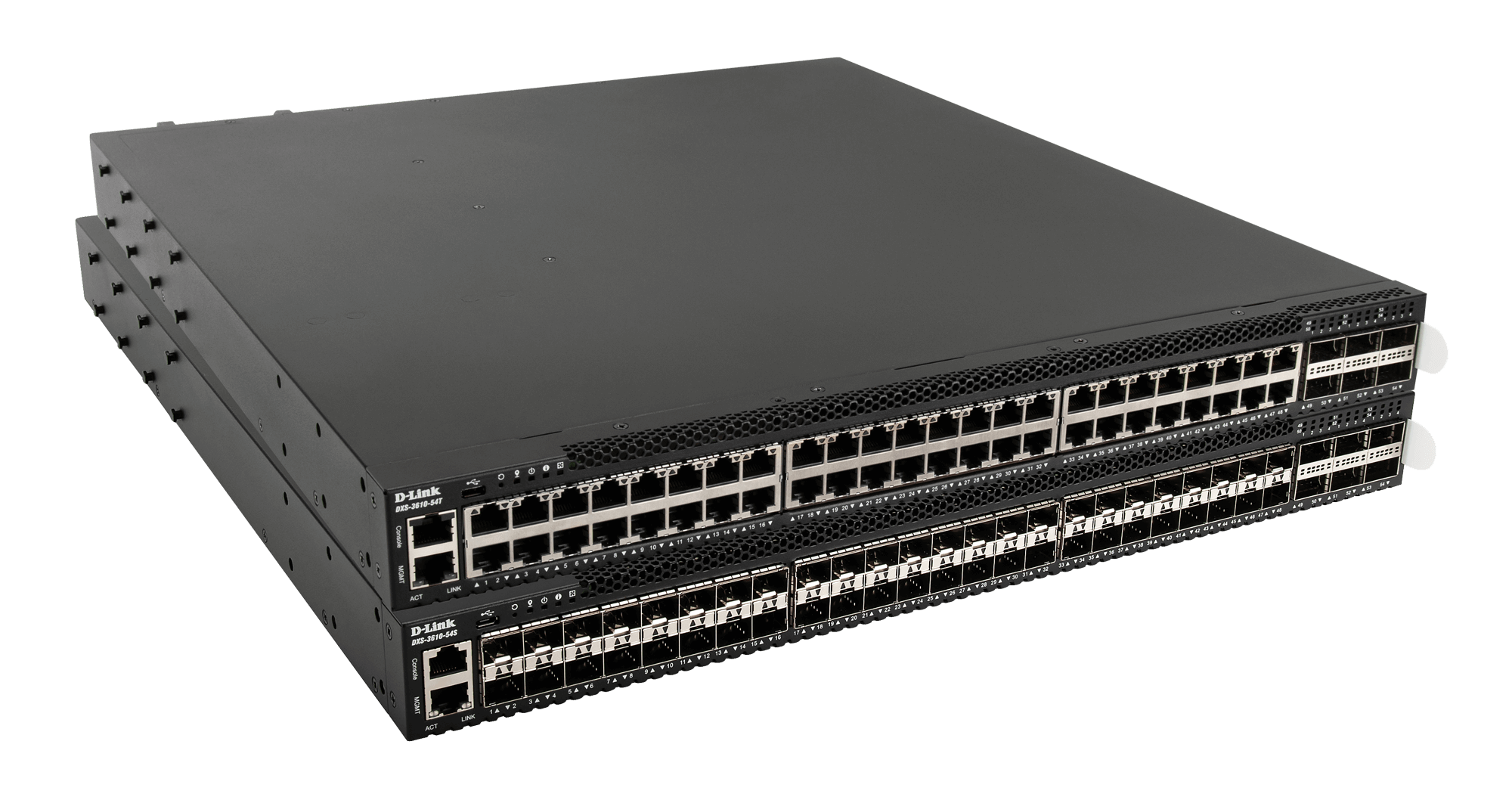Biomedical Cluster at King Juan Carlos University
D-Link Enterprise Switches in the computational cluster to deliver maximum computing power to biomedical research focused on unravelling the mechanisms of ageing and cellular reprogramming in humans.
Biomedical Cluster at King Juan Carlos University
D-Link Enterprise Switches in the computational cluster to deliver maximum computing power to biomedical research focused on unravelling the mechanisms of ageing and cellular reprogramming in humans.
Download as PDFIn this success story, carried out through our partner SIE, we have integrated Enterprise switches into a new computing cluster, installed at King Juan Carlos University to offer maximum computing power to biomedical research, focused on unravelling the mechanisms of cell ageing and reprogramming in humans.
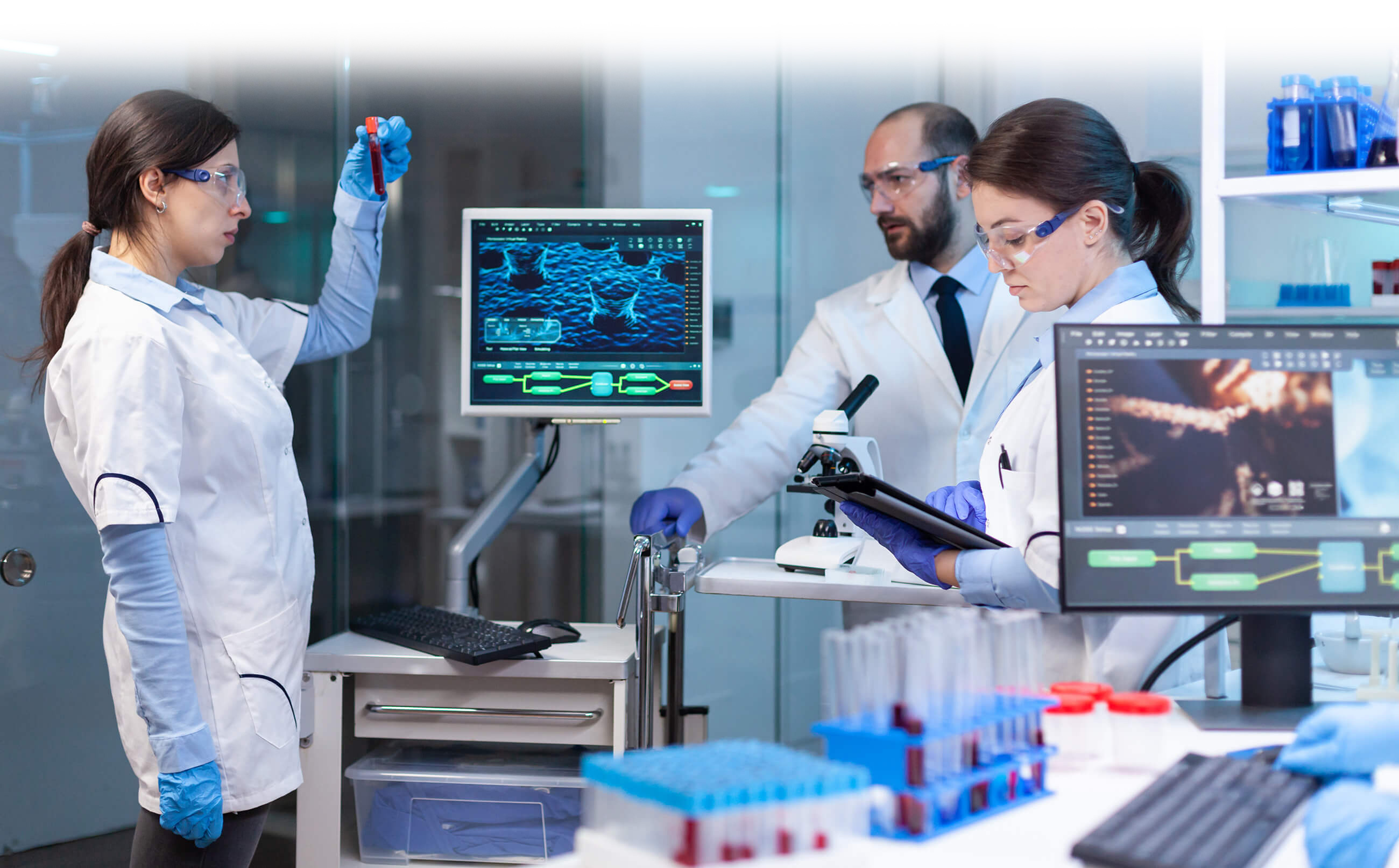
The challenge
This research uses deep learning and artificial intelligence techniques, with machine learning algorithms requiring multiple CPU nodes (to do parallel computing), plus GPUs (for temporary space simulation models) and high-performance shared storage. It was therefore necessary to build a new computational cluster capable of coping with the enormous arithmetic and graphical computing power demanded by research, which has also been involved in various COVID-19 actions, so the project of the new computational cluster has been funded by both the European Union and the Madrid Community.
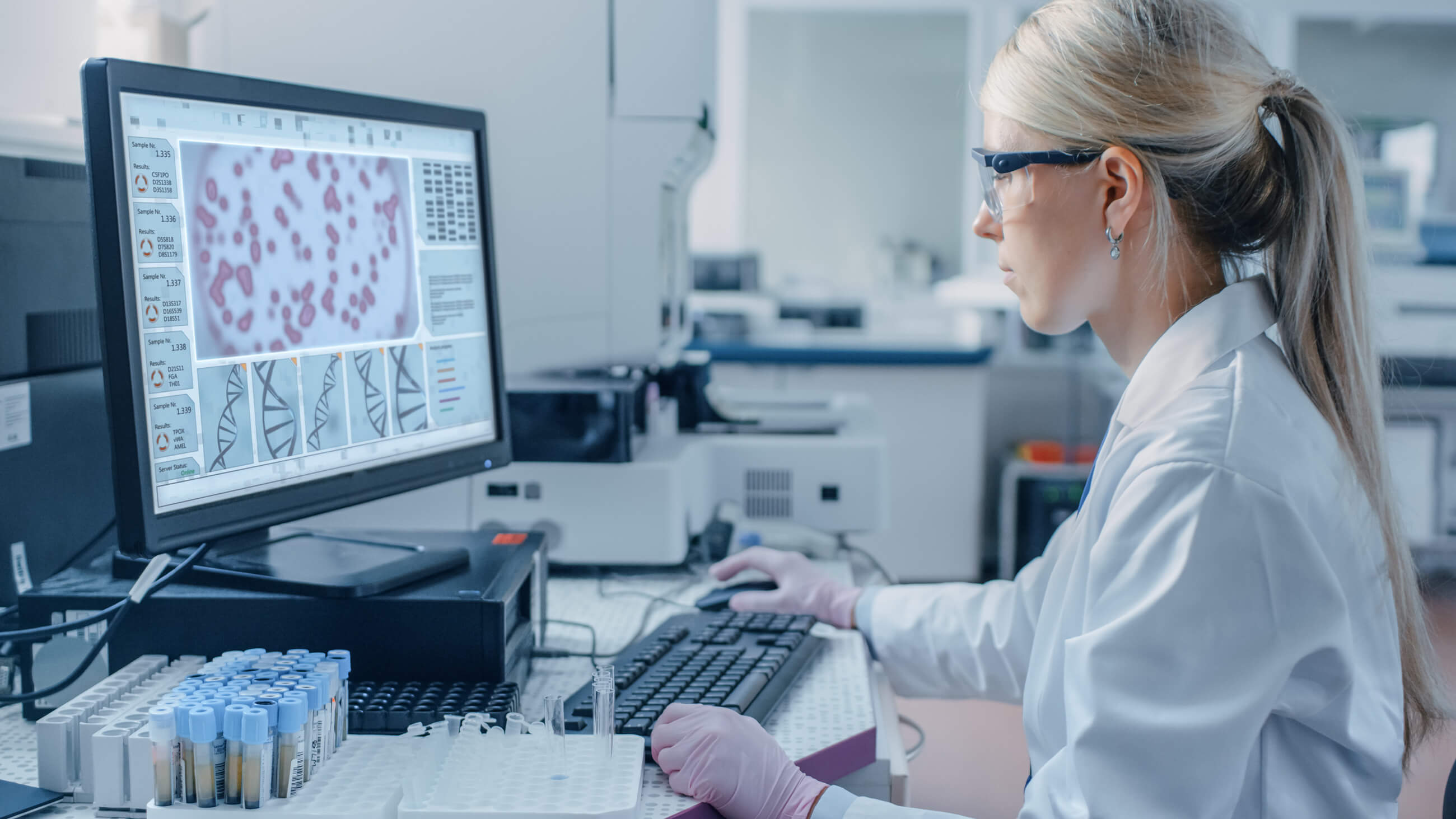
The solution
The development of the new computing cluster, led by Sergio Muñoz, PhD in machine learning and professor of biomedical engineering at the Rey Juan Carlos University, used SIE (European Information Systems), a company specialising in HPC (High Performance Computing) solutions, as the provider of the IT infrastructure. It has already installed more than 60 computing clusters at universities and research centres, both public and private. SIE is an official partner of the D-Link VIP+ Channel Program, and has relied on D-Link enterprise switches in both this and previous projects, such as the cluster at the Institute of Theoretical and Computational Chemistry at the University of Barcelona.
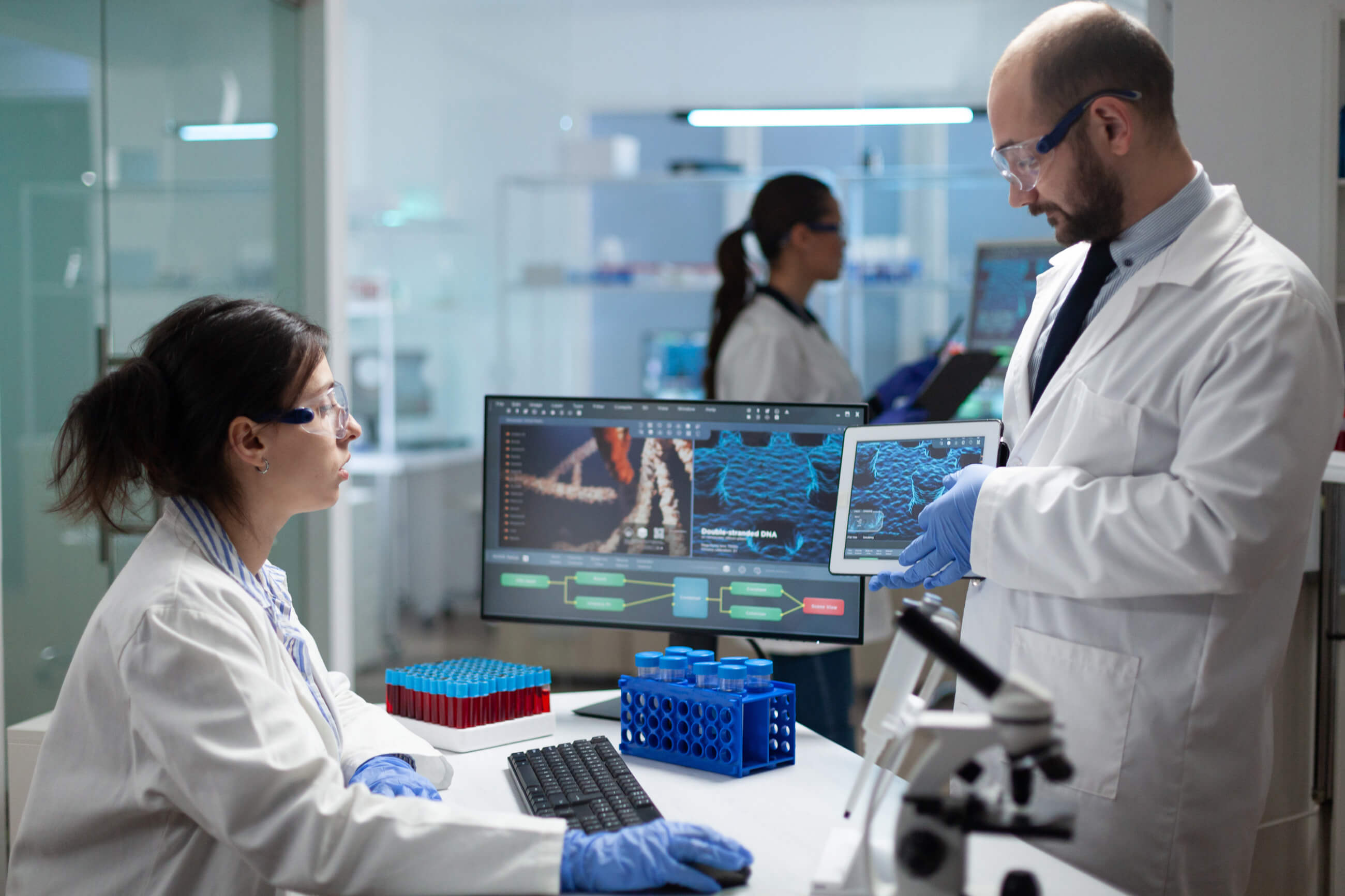
The new computational cluster, called TALOS, offers 512 execution threads in CPUs and 221,184 GPU cores. Total power exceeds 20,000 Tflops, while storage amounts to 576 TB. It is integrated with Gigabyte, nVidia and AMD components, including D-Link for the Ethernet LAN switching part required for cluster management and access, as well as IPMI communications. All managed via the HPC Ladon OS 8 ecosystem.

The cluster has a dual port card for the management and storage servers, with one port allowing connection to Infiniband and the other connected to one of the 100 Gigabit ports of the D-Link DXS-3610-54T/SI Managed Enterprise switch. It is integrated into a 100 Gigabit fibre-connected network for uplink to the King Juan Carlos University backbone network to ensure maximum bandwidth for access from computers and researchers’ workstations. It was also necessary to create a network for IPMI management communications by installing a D-Link DGS-1210-52 smart managed switch, with 48 Gigabit ports and full Layer 2 and Layer 3 management with static routing.

The D-Link DXS-3610 Switch Series is a category of enterprise managed switches designed for top-of-therack, campus, and data centre environments, as well as distribution, that can be stacked up to 12 units high and features port density of 10 Gigabits, with copper and fibre models, as well as six ports for 40 and 100 Gigabit fibre uplinks. The D-Link DXS-3610 achieves a switching capacity of up to 2.16 Tbps.

In a network scheme as demanding as a computational cluster, it was necessary to have the highest level of switching capacity for the switches, achieving 2.16 Tbps, as well as redundancy to prevent any network outage, which in the DXS-3610 is achieved both physically with interchangeable fans and hot swappable power supplies, as well as with the physical stacking of additional backup switches. These would go live instantly with network management via ring topologies using ERPS functionality.

With respect to the deployment of the IP network with the DXS-3610, the most noteworthy features are the implementation of DHCP Server, Inter VLAN routing, as well as dynamic routing in the switch itself, thus reducing the bottlenecks that could be generated by the use of a conventional router. In terms of management, they have a web interface and console port access for management using the CLI standard for commands. In addition, for complete network monitoring in high-density device topologies, D-Link offers D-View 8, an advanced SNMP-based network manager.
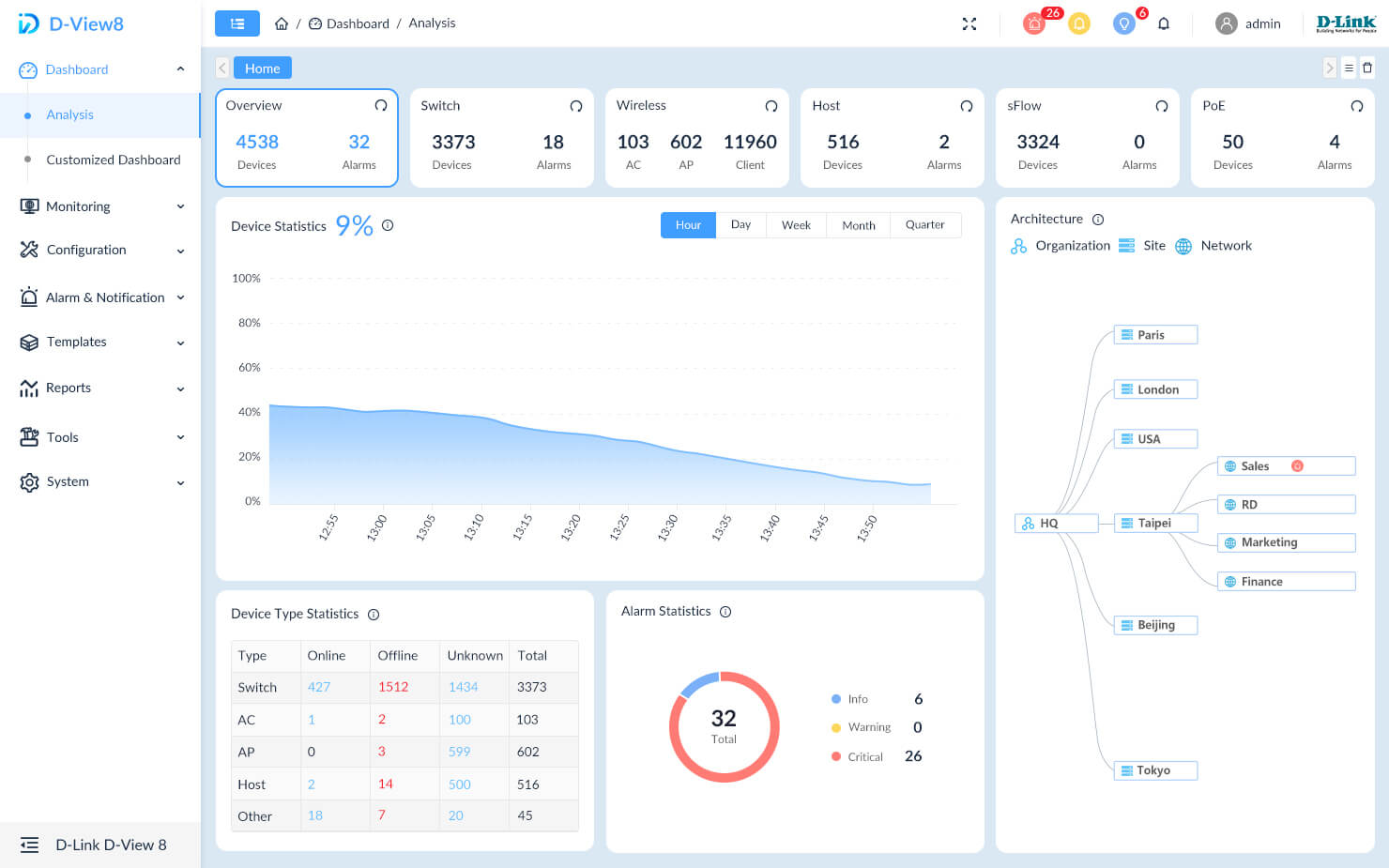
The Result
The project manager at the University, Sergio Muñoz, commented, “We needed maximum computing power in the cluster, but also agility in access from our computers, and the integrated solution has more than met both aspects.” For his part, Raúl Díaz, founder and project manager at SIE, says, “In a computing cluster of this size, you cannot neglect the IP LAN switching part, and that’s why we rely on D-Link switches, which have proven high performance and reliability, indispensable in these demanding and critical environments,” adding Raúl, “besides, direct advice from the manufacturer adds extra value when facing projects of this scale.”

Installed products
• 1 x Switch D-Link DXS-3610-54T/SI Managed Enterprise
• 1x Switch Gigabit Smart Managed, DGS-1210-52
